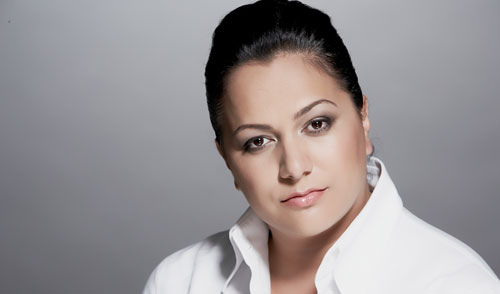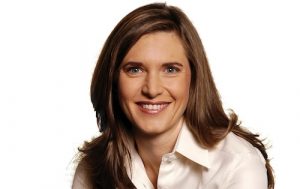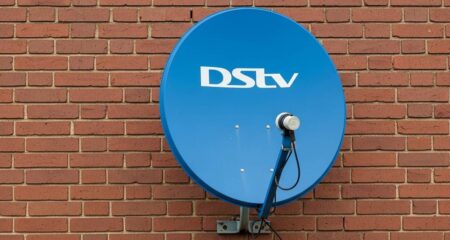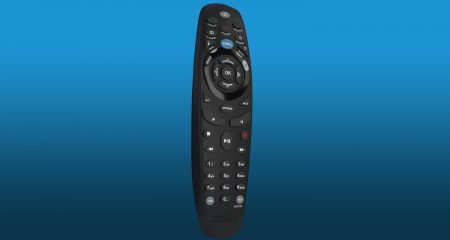
M-Net has hit back at competitor e.tv over allegations by the free-to-air broadcaster that the pay-TV operator is acting out of self-interest in proposing that SA adopts cheaper digital converters rather than more expensive set-top boxes in the migration to digital terrestrial television.
On Monday, e.tv chief operating officer Bronwyn Keene-Young accused M-Net of wanting to ensure SA has “as weak a free-to-air platform as possible”. By arguing against set-top boxes, Keene-Young said M-Net was hoping to prevent its free-to-air rivals from launching compelling multi-channel alternatives.
She said if free-to-air broadcasters were forced to rely on simple digital converters — these cost R350 or less, compared to the expected R700-plus for full set-top boxes — then they wouldn’t be able to offer the kind of services M-Net’s terrestrial pay-TV platform would be able to provide, such as quality electronic programme guides and interactive services.
Keene-Young also warned that e.tv and other free-to-air players wouldn’t necessarily be able to offer high-definition broadcasts if they had to rely on simple digital converters as there was “no guarantee” these would be able to pick up HD channels. “The whole free-to-air platform will be weakened as a multi-channel prospect.”
She accused M-Net of “delaying the process” of finalising a specification for set-top boxes at the SA Bureau of Standards and suggested it was in the pay-TV operator’s interests to delay the process to protect its fast-growing DStv Compact multi-channel satellite bouquet.
But Karen Willenberg, M-Net’s director for legal and regulatory affairs, says e.tv’s argument is “filled with glaring technical inaccuracies” and “represents a complete reversal” of its original position on set-top boxes.
“When broadcasters began planning for migration, M-Net, the SABC and e.tv all shared the same view — that a simple, low-cost converter would be the best solution for SA’s migration to digital,” Willenberg says. “After studying migration in many other countries around the world, broadcasters were all in agreement that a low-cost box was critical to ensure the swift adoption of digital terrestrial television by consumers.”
At the time, she says, e.tv was the “chief proponent of this view and there was no suggestion that M-Net’s support for a low-cost box was motivated by self-interest”.

Willenberg says M-Net’s view has not changed in this time and can’t speculate on why e.tv has “changed its position”.
The proposal to adopt a simple digital converter “will not in any way prevent free-to-air broadcasters from launching multi-channel offerings or from providing enhanced services”, she adds.
“As any technical expert will confirm, DVB-T2 [the standard chosen by SA] allows for multi-channel and MHEG 5 (the middleware in the box) allows for applications,” Willenberg says. “The claims by e.tv on these issues are simply incorrect.”
She adds that HD digital television boxes will also be available and there is “no reason why those with HD TVs should be subsidised by the general SA population, including those who can least afford to do so”.
“While it probably makes a better story to paint M-Net as being motivated solely by self-interest, the truth is we have simply maintained the view initially shared by all broadcasters on the optimal way for SA to achieve a swift migration to digital,” Willenberg says. “Not only are the claims by e.tv untrue, they are unfair when you consider that, until very recently, e.tv shared M-Net’s views on the need for a low-cost box for digital terrestrial television.”
Asked for reaction to Willenberg’s comments, Keene-Young admits e.tv has changed its position but says this has been necessitated by changing technology and market conditions.
“Pay TV has made such big inroads into the free-to-air market, it’s quite evident that what we need to do to secure our market share is ensure we have a strong free-to-air platform,” she says.
“I’m not denying at all that we held that position initially. We did, but both our position and the SABC’s position have changed. But the question remains: why does M-Net care so much about how the free-to-air box looks? They’re not answering that question. We care because we have a very clear business interest in it. If the free-to-air broadcasters want to go in a particular direction, why is M-Net opposing that?
“As we’ve looked at what is possible in a multi-channel environment, and in order to remain competitive, it’s quite evident to us we have to have a level of sophistication in the box,” Keene-Young says.
She adds that Willenberg’s suggestion that poor consumers shouldn’t subsidise people with HD TVs is “pretty shocking”.
“HD is fast becoming the new standard definition,” she says. “You can’t get standard-definition equipment anymore. People are producing all their content in HD. What M-Net is arguing is that HD mustn’t be provided to poor people. HD will be something that wealthy people get and poor people don’t get HD, but rather a ghettoised form of television. I don’t buy that argument at all.” — Duncan McLeod, TechCentral
See also: E.tv slams M-Net over digital TV and Digital TV: set-top boxes a ‘waste of money’
- Subscribe to our free daily newsletter
- Follow us on Twitter or on Facebook
- Visit our sister website, SportsCentral (still in beta)




